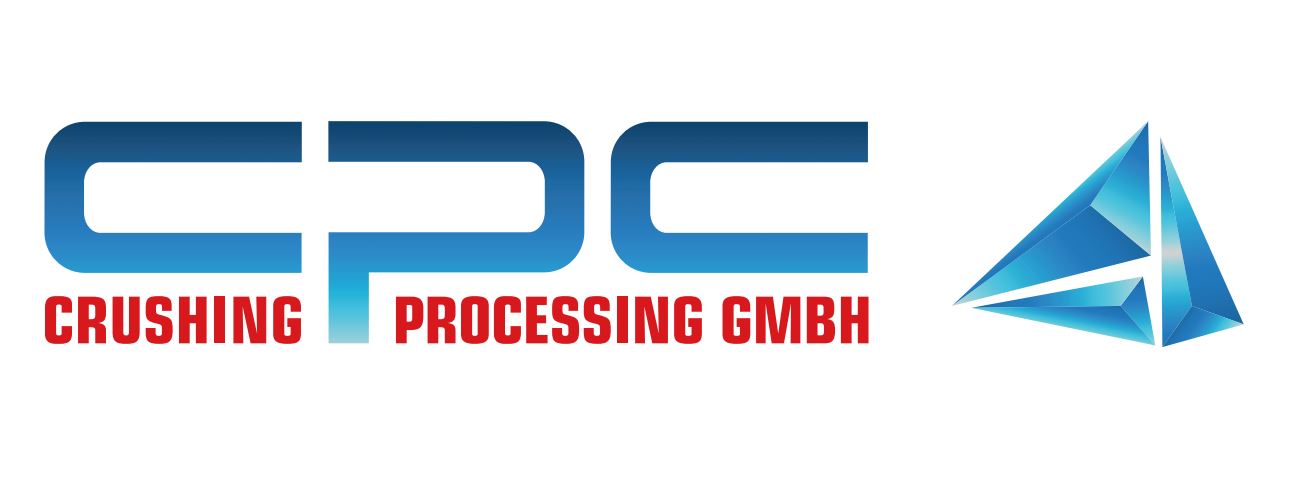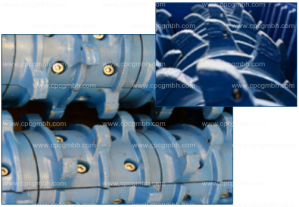SIZER
SI 12
Features
- Solution for medium-hard and soft materials (salt, coal,
phosphate, clay, etc.) - Heavy-duty, sturdy housing and wear liners for most difficult/
extreme applications - Weld-on hard-faced crushing teeth with various configurations
for most difficult applications - Crushing teeth arranged in a spiral on the shaft equalizing
torque peaks - Inclined side walls reduce the tendency to jam
- Final product with small portion of fines due to limited speed
of rolls - Monitoring by local operator panel

PRIMARY STAGE – CENTRE SIZER


Sizer teeth
SECONDARY STAGE – SIDE SIZER


Sizer with inward rorating rolls
Advantages
- Highest lifetime of crushing segments and teeth
- Fully automatic operation
- High experience in custom-tailored product particle size distribution
- Fast and efficient maintenance of crushing segments
- Discharge seal without the need of maintenance
- Fully sensor-controlled to avoid downtimes
Application
- Coarse size reduction of medium-hard and soft material (salt, coal, phosphate, clay etc.)
- Throughput up to 4.000 mt/hr, depending on material characteristic and particle size
- Feed material size up to 1.500mm, product particle size to 300 mm possible
- Design of crushing teeth according to the material requirements (number, size, position, form, hardness)
- Integration of Sizers in semi-mobile plants possible


Mode of operation
- Crushing of the feed material by the two counter-rotating rolls, either between inwards rotating rolls (Center Sizer) or between the outwards rotating rolls and the lined housing walls (Side Sizer). Successive comminution of larger lumps
- Fine feed material passes the rolls unhindered
- Typically the Center Sizers are employed for pre-crushing, Side Sizers for medium-crushing
- No clogging of the rolls by sticky material due to specifically designed scrapers
- Final product with small portion of fines due to limited speed of the rolls
SOLUTION PROVIDER
Sustainable value enhancement of existing equipment with regards to
- Satisfying continuous operation
- Whole lifecycle





